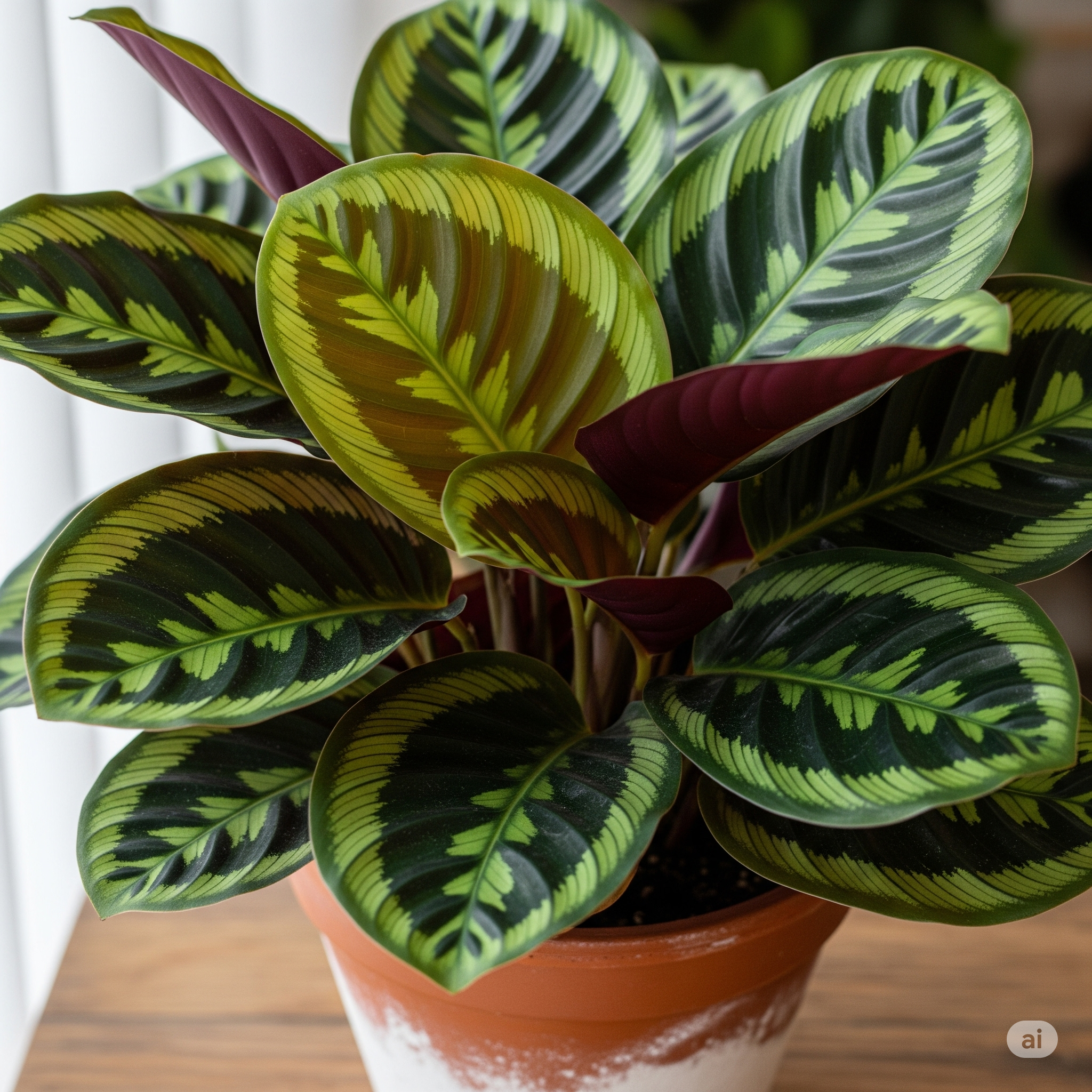Some links on this Website are affiliate links, meaning we may earn a commission if you make a purchase, at no additional cost to you. Please read our full Affiliate Disclosure for more details.
Poison ivy is one of the most challenging plants to deal with in a yard or garden. Unlike other weeds, it poses not only a landscaping problem but also a health hazard.
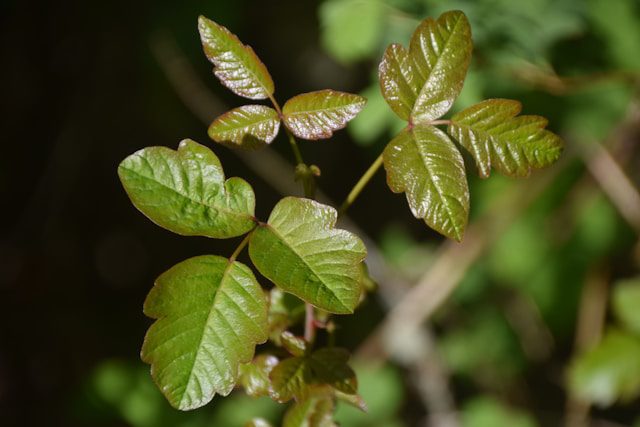
The oils it produces can trigger painful skin rashes, itching, and blisters, making safe removal absolutely essential. If you have noticed this invasive plant creeping along fences, growing under trees, or spreading into garden beds, it is time to take action.
Learning how to get rid of poison ivy plants safely will help you reclaim your outdoor space without risking exposure to its irritating oils.
Why Poison Ivy Is Dangerous
The biggest danger of poison ivy lies in a substance called urushiol, an oily resin found on its leaves, stems, and even roots. Contact with urushiol causes allergic reactions in most people, often resulting in severe skin irritation or blistering rashes.
What makes poison ivy particularly tricky is that urushiol is long-lasting and highly transferable. It can remain active for years on tools, clothing, and shoes, and can even transfer from pets that brush against the plant.
This means that once poison ivy takes hold in your yard, it becomes a risk not only when you’re working outdoors but also inside your home if contaminated items are brought in. Because of this, it’s vital to approach any attempt to remove poison ivy plants with extreme caution and the right protective measures.
Identifying Poison Ivy Before Removal
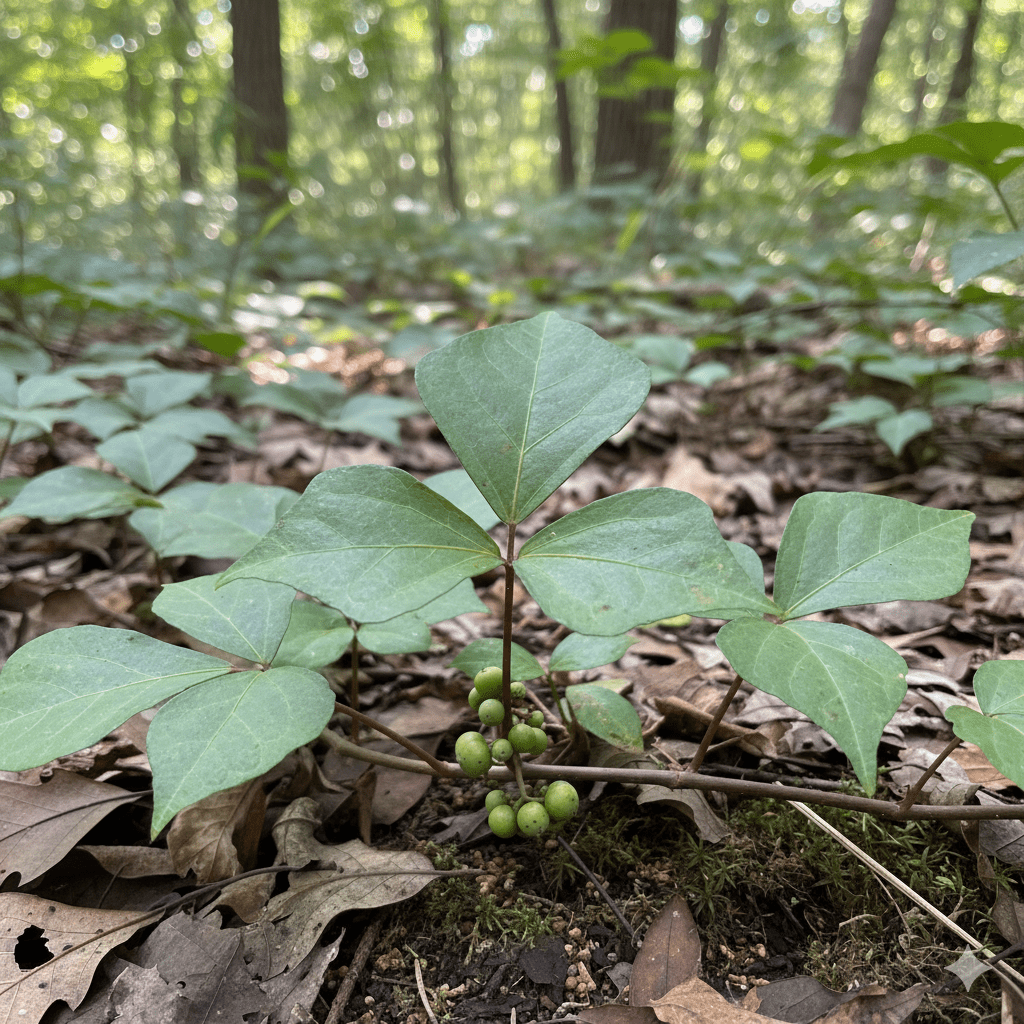
Before you attempt to get rid of poison ivy plants, you need to be absolutely sure that what you’re dealing with is poison ivy. Misidentifying the plant can lead to wasted effort or, worse, spreading the problem further. The most recognizable feature of poison ivy is its “leaves of three.”
Each cluster consists of three leaflets, with the middle leaflet typically growing on a longer stalk than the two on the sides. The edges of the leaves can be smooth or jagged, and their appearance changes throughout the year. In spring, the leaves often have a reddish tint; in summer, they are green and full; and in autumn, they may turn red, orange, or yellow. Some plants even produce small white berries.
Poison ivy can grow in different forms; as a low ground cover, a shrub, or a climbing vine that attaches to surfaces with hairy roots. By learning to recognize these characteristics, you’ll avoid mistaking it for harmless plants like boxelder seedlings or Virginia creeper.
How to Get Rid of Poison Ivy Plants Safely
Once you’ve identified poison ivy correctly, you can choose a removal method. The best way to get rid of poison ivy plants depends on how widespread the infestation is and how comfortable you are with chemical versus natural solutions.
Manual removal
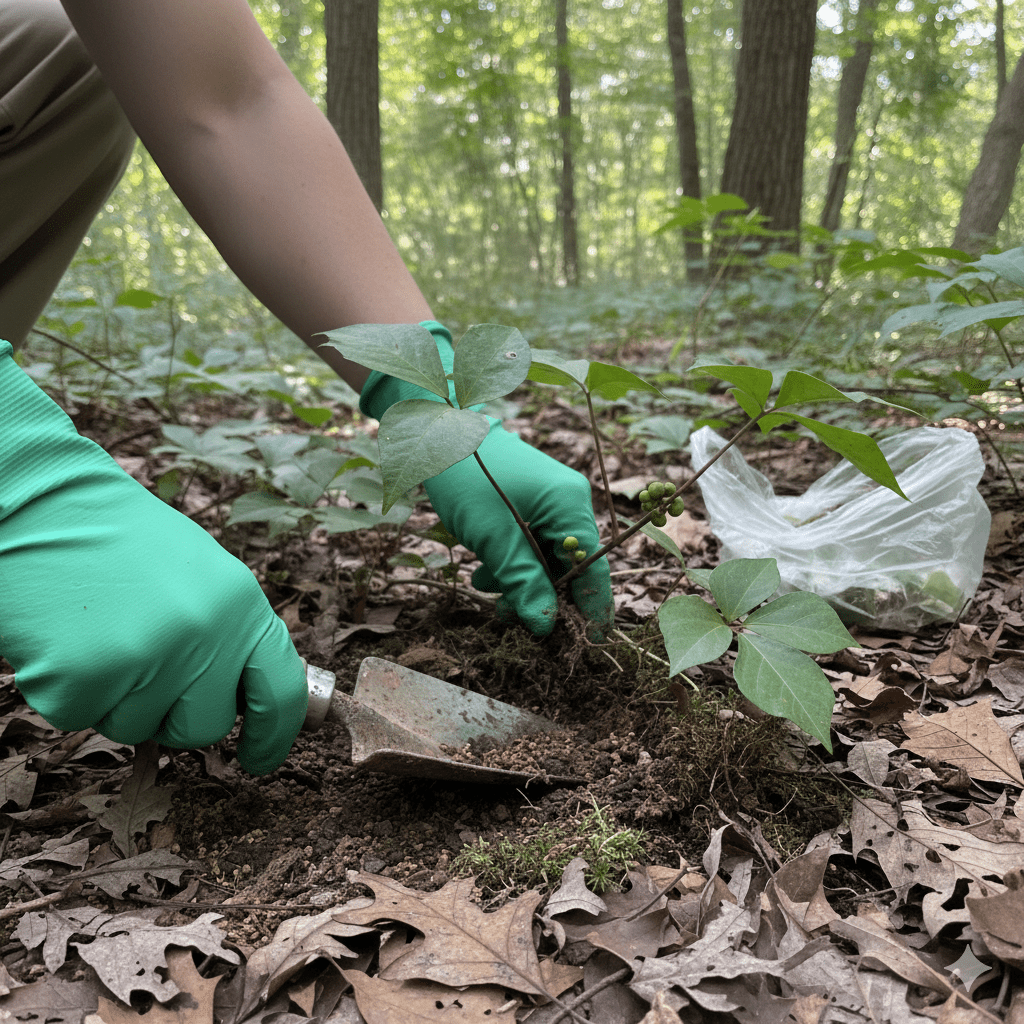
For small patches, manual removal is often the most effective. This method involves carefully digging out the entire plant, including the roots, because poison ivy can regenerate from even a small root fragment.
Wear protective clothing during this process to prevent urushiol from reaching your skin. Thick gloves, long sleeves, pants, and boots create a barrier between you and the plant. Once you’ve pulled out the plants, they should be sealed in heavy-duty plastic bags and disposed of in the trash.
Poison ivy should never be composted because urushiol remains active and can contaminate the compost pile. Afterward, wash your tools, clothing, and gloves thoroughly, since the oils can linger long after contact.
Smothering the Plants
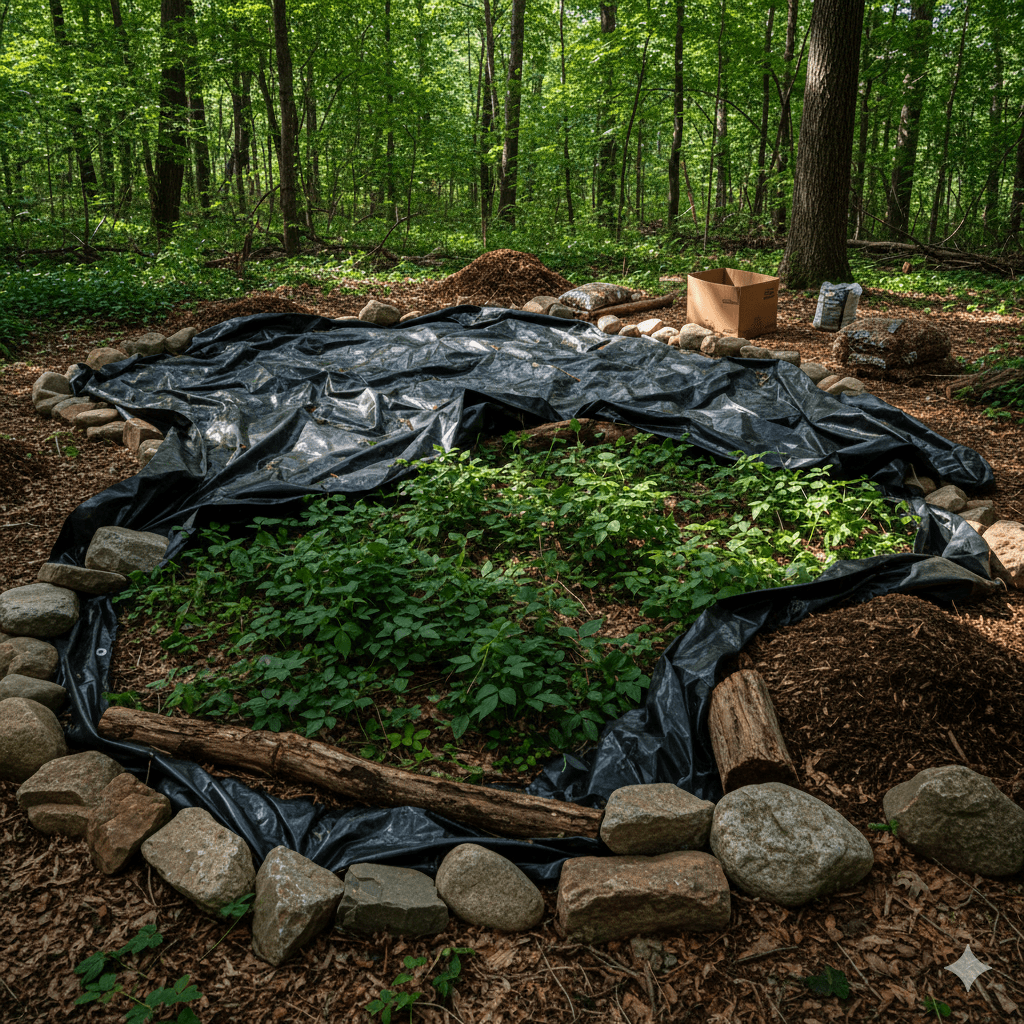
If you prefer a chemical-free method, smothering the plants is a safe and reliable option. This approach involves covering the infested area with thick black plastic sheets, cardboard, or mulch to cut off sunlight and airflow.
Over several weeks or months, the lack of light prevents photosynthesis, and the plants eventually die. Although this method requires patience, it eliminates poison ivy without introducing herbicides into your environment. It is especially useful in gardens where you want to protect other plants and soil health.
20 Top Air-Purifying Plants That Remove Toxins from Indoor Air
Herbicide Treatments
For larger infestations where manual removal or smothering isn’t practical, herbicides may be necessary. Many products are specifically designed to kill poison ivy plants and can be effective when applied properly.
The herbicide should be sprayed directly onto the leaves during dry, calm weather to prevent it from drifting onto desirable plants. Multiple treatments may be needed to completely eliminate the infestation, as poison ivy is resilient and can regrow from its roots.
Careful use of herbicides, along with strict adherence to manufacturer instructions, helps reduce risks to other plants, animals, and water sources.
What Is The Best Way To Water A Pothos Plant?
Precautions When Handling Poison Ivy
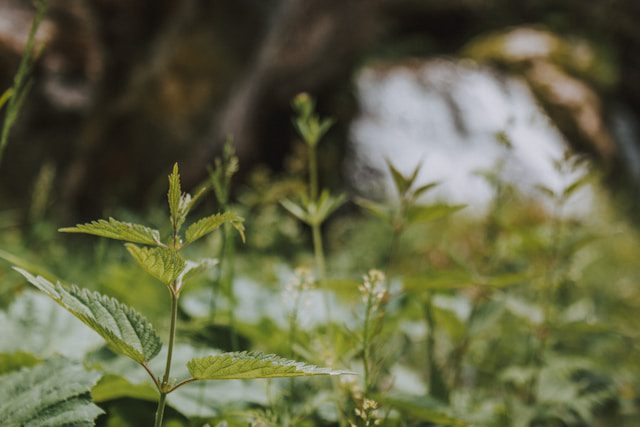
Safety must always come first when dealing with poison ivy. Urushiol is not only potent but also persistent, meaning it can remain active on surfaces for years. For this reason, protective clothing should always be worn when attempting to remove poison ivy plants.
After working in areas where poison ivy grows, it’s important to wash your skin with cool water and soap immediately. Specialized cleansers like Tecnu or Zanfel can provide even better protection by breaking down the oils.
Tools and equipment that come into contact with the plant should be cleaned with rubbing alcohol or bleach solutions to prevent cross-contamination. Perhaps the most important rule of all is to never burn poison ivy. The smoke can carry urushiol particles, which, if inhaled, can cause dangerous lung irritation and serious health problems.
How To Remove Snake Plant Pups
What Plants to Avoid Using Neem Oil On
Preventing Poison Ivy from Returning
Successfully eliminating poison ivy is only the first step; keeping it from coming back is equally important. After you get rid of poison ivy plants, monitor your yard regularly for new shoots. Small plants are much easier to remove than established ones, so early action makes a big difference.
Maintaining a thick, healthy lawn can also help because it leaves little room for invasive plants to take root. Poison ivy thrives in shady, moist environments, so trimming back overgrown trees and shrubs will reduce conditions where it can flourish.
For areas where poison ivy has been persistent, installing barriers like landscape fabric and topping them with mulch can prevent regrowth. Consistent yard care and vigilance are the keys to long-term poison ivy control.
Are Garden Plants Dangerous for Dogs?
Conclusion
Learning how to get rid of poison ivy plants safely is about more than simply pulling weeds. It’s about protecting yourself, your family, and your outdoor space. Poison ivy’s urushiol oils can cause serious health problems, so every step of the removal process must be handled with caution.
Whether you choose manual removal, smothering, or herbicide treatment, the most important part is to follow safety precautions and stay consistent with prevention. With a thoughtful approach, you can remove poison ivy effectively and ensure that your yard remains safe, clean, and enjoyable for years to come.
Why Are My Citronella Plant Leaves Turning Yellow?
FAQ
1. What does poison ivy look like?
Poison ivy usually has clusters of three leaflets, which is why the saying “Leaves of three, let it be” is often used to identify it. The leaves can be shiny or dull, smooth or slightly toothed, and they change color with the seasons—green in spring and summer, and red or orange in the fall. Poison ivy can grow as a vine, shrub, or ground cover, making it important to recognize in different forms.
2. What causes the skin reaction from poison ivy?
The itchy rash caused by poison ivy comes from an oily resin called urushiol, found in the plant’s leaves, stems, and roots. When urushiol touches the skin, it can trigger an allergic reaction, leading to redness, itching, swelling, and blisters. Even a small amount of the oil can cause irritation, and it can remain active on clothing, tools, and pet fur for a long time if not cleaned properly.
3. How can I treat a poison ivy rash at home?
Mild cases of poison ivy can be treated at home with cool compresses, over-the-counter hydrocortisone creams, and calamine lotion to relieve itching. Taking oatmeal baths or antihistamines can also help. Avoid scratching, as it may lead to infection. If the rash is severe, widespread, or affects the face or genitals, it’s best to seek medical attention.
4. Can poison ivy spread from person to person?
The rash itself is not contagious and cannot spread from one person to another. However, urushiol oil can transfer if it’s still on the skin, clothes, or objects. Washing your skin and clothing thoroughly after exposure is essential to prevent spreading the oil and triggering new reactions.
5. How can I prevent poison ivy exposure?
To avoid poison ivy, learn to identify the plant in different environments. Wear protective clothing such as long sleeves, pants, and gloves when gardening, hiking, or working outdoors. If you suspect contact, wash your skin immediately with soap and cool water to remove the urushiol before it fully bonds to the skin. Special cleansers designed for poison ivy exposure can also be effective.
